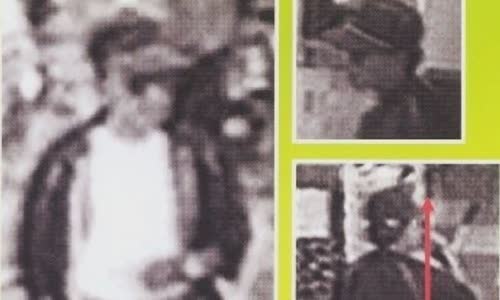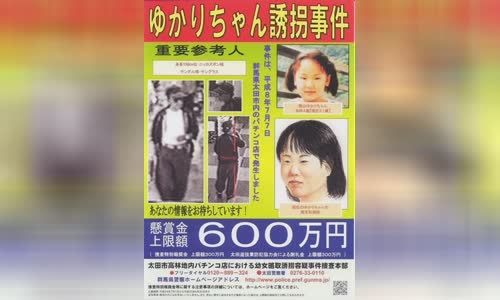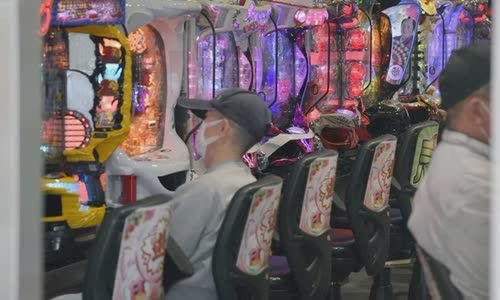The man murdered 4-8-year-old girls in Gunma, but his identity remains a mystery for the past 40 years.
In the picture printed on the notice of finding the missing person, Yukari Yokoyama looked straight at the camera, smiling innocently.

Images of suspects in the disappearance of Yukari Yokoyama in 1996 Photo: SCMP.
Now the Gunma prefectural police has issued a final notice, calling on people to inform the authorities if they ever see Yokoyama.
It could also shed light on the deaths of four other girls over the previous 17 years, as authorities believe Yokoyama appears to be the last victim of a serial killer lurking in Gunma.
In order to emphasize that the case continues to be investigated in the direction of the missing person, the police recently released an artist's fantasy sketch of the portrait of the current Yokoyama, at the age of 28. 6 million yen (
The case also drew attention to the fact that the police were accused of forcing the court, forcing a mentally handicapped man to plead guilty in 1991. This man was arrested and convicted of murder in the murder of the fourth victim.
"I am afraid that identifying the culprits of these murders is now really difficult," said Shinichi Ishizuka, a law professor and director of the Center for Crime Research at Ryukoku University in Kyoto.
The first victim was Maya Fukushima, 5, missing, playing at a temple near her home in the town of Ashikaga, less than 10 km from Ota city, in August 1979.
In November 1984, 5-year-old Yumi Hasebe disappeared at a pachinko game store. Her body was found 16 months later on a field about two kilometers from her home.

Flyer looking for Yukari Yokoyama Photo: SCMP.
The third case occurred in September 1987.
Mami Matsuda, 4, disappeared from another pachinko game store in 1990 and was found dead the next day on the banks of the Watarase River.
Yukari Yokoyama's July 1996 disappearance has some similarities with the previous four, including the missing victim from the pachinko game store.
In 1990, a breakthrough in the investigation of Matsuda murders immediately attracted attention from the media and the public.
Sugaya's sentence is based largely on confession and DNA evidence.
In 2007, reporter Kiyoshi Shimizu turned back the case and determined that the DNA sample used to accuse Sugaya was unclear.
Other ambiguous elements of the case were quickly discovered.

A pachinko shop in Osaka in April Photo: Kyodo.
After 18 years in prison, Sugaya was released in May 2009.
That same year, the Shimizu reporter reported that a new suspect had a DNA matching the Matsuda case.
They also refuse to return the murderer's semen shirt to the victim's family, so independent testing is difficult to perform.
It was Michitoshi Kuma, who was convicted of the murder of two young girls in Iizuka city in 1992. Kuma, 70, was hanged at Fukuoka prison in October 2008, though he claimed to be innocent until the very end.
"There are serious DNA-related issues in condemning Sugaya, apart from coercion. This case is one of the reasons all police interrogations are now recorded," the professor said.
However, the murderer of girls 40 years ago is still outlaw.



 Tracy Carrier
Tracy Carrier







